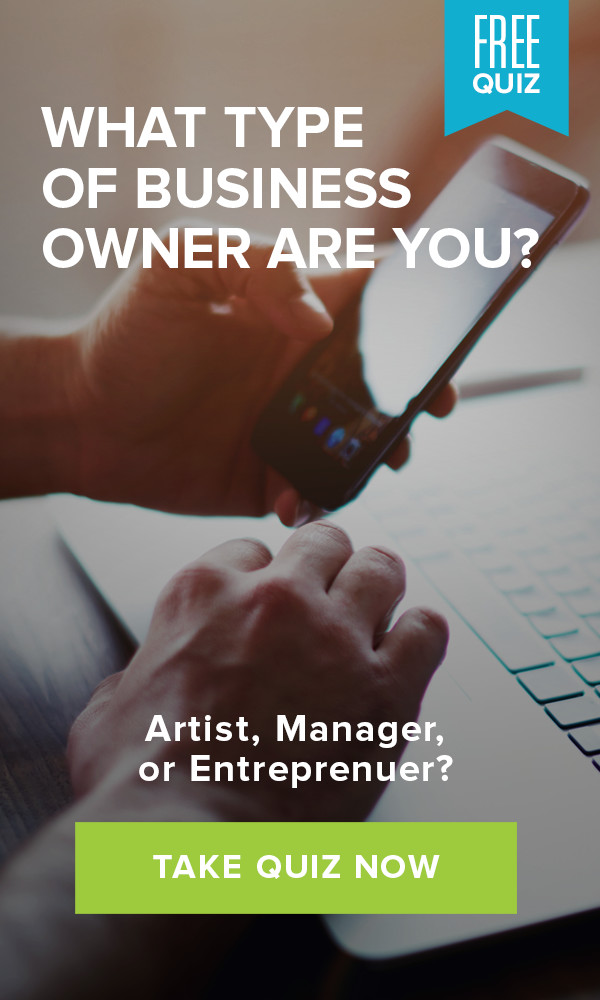Tony Robbins is an entrepreneur, bestselling author, philanthropist and the nation’s #1 Life and Business Strategist. Author of five internationally bestselling books, including the recent New York Times #1 best-seller UNSHAKEABLE, Mr. Robbins has empowered more than 50 million people from 100 countries through his audio, video and life training programs. He created the #1 personal and professional development program of all time, and more than 4 million people have attended his live seminars.
Are you treating your employees like raving fans?
You might be surprised by the results
This post was originally written as a LinkedIn Influencer essay, published on November 11, 2016.
Peter Drucker, one of the greatest business minds of the last century, once said that the success of any business is dependent on just two factors: Innovation and Marketing. I completely agree: If you become obsessed with maximizing these two areas, anyone can grow their business geometrically. But what is innovation? It’s not necessarily having to create a high-tech product that you can make in a R&D lab in Silicon Valley. It’s really finding the most important ways you can meet and exceed your clients’ needs. It’s doing more for your clients than anyone else in the marketplace. That’s real innovation, and it has to become an ongoing part of any growing business.
But let’s talk about marketing for a moment. A while ago, I was in San Antonio as the keynote speaker for the Inc. 5000 conference, surrounded by the leaders of American’s fastest-growing companies. To get their attention, I did a quick exercise in marketing psychology — and found a woman in the audience who after some direct questions finally admitted she bought a $2,000 Louis Vuitton purse because “it said something about me.” It took three or four minutes of her first describing the practical aspects of the bag to get to the truth. She bought the purse because it made her feel successful, instead of practical and frugal. It was a perfect example of how people buy feelings, not things.
She wasn’t buying a purse; she was buying an identity. One isn’t better than another, but it’s how people want to see themselves and also want to be seen the same way by others. Another woman in the audience had bought her own purse for $30 – and was damn proud of that fact, because she wanted to be seen as pragmatic, and that’s what that purse did for her.
But it’s not just purse brands that carry a strong sense of identity for people. Think about these brands: Ferrari, Tesla, Volkswagen. What kinds of values do you think owners of these types of cars have? Are they buying them for the same reasons? No. Human behavior is driven by a set of six universal, human needs. We all have the same six needs, but how we value those needs determines our actions, and in this case, our purchasing decisions. Are they driven by the same human needs? Absolutely not.
To prove this point, I found owners of the first two — a Ferrari and a Tesla — and asked them to tell me honestly why they made those purchase decisions. It was then that the real story came out: The owner of the Tesla got choked up when I asked him about it… and then, with a tear in his eye, he told me he didn’t actually buy it for himself. His employees, led by a single mother who worked in the customer service department, got together and pooled their money and bought him a brand-new Tesla Model S.
What did this guy do to get such a clear outpouring of love, generosity & respect from his employees? As I told him right then and there, he must have added a massive amount of value by doing more than any other employer. Love is energy, passion is energy, caring is energy – so he must have done something truly innovative for them in order to generate all of that emotion.
As it turns out, he did. The Tesla owner I found in the audience was coincidentally the same person who a year ago made an enormous impact in the media by announcing that he was going to implement a $70,000 minimum wage for every single one of his 120 employees at his Seattle-based credit card payments company – and that he was going to cut his own pay from more than $1 million a year to match theirs.
He also offered unlimited time off to all employees.
And that wasn’t all. To fund the annual $1.8 million cost to the company, he pledged to put $3 million of his own money into the business. He also cashed in his retirement savings and his stocks and mortgaged his two properties.
What happened then? Of course, the media blew up the story and he immediately became the most sought-after CEO interview for weeks, if not months. It was fuel for the fiery discussions that have been going on the past few years about wage equality and executive compensation.
The median pay for S&P 500 chief executives last year was $10.4 million, and it’s increasing at an even faster rate than the stock market itself. Meanwhile, income for typical U.S. workers is going down.
So Dan Price wasn’t just seen as a “nice guy who is doing right by his employees,” he was championed as a voice for the people, a spokesperson for corporate social responsibility.
He was also ripped into for seemingly deflecting claims that he was greedy, since a lawsuit had just been filed against him for excessive compensation, by his brother & co-founder – though in July the court finally ruled against it.
But ultimately, Dan’s decision to put his employees first worked for the company, not against it. One year later, his workforce was flourishing:
- Employee turnover fell 19% compared to the average of the past six years.
- Gravity was flooded with 30,000 applications, up from an average 3,000 or so a year.
- Employees were able to move closer to the office and cut commute times.
- Retirement account contributions are up 130%
- More employees are buying first homes and 10 are expecting, up from a typical 0-2 each year.
And the company is thriving, too:
- Gravity added 4,155 new clients, a 55% increase from 2014 (normal growth = 5%)
- Customer attrition fell to about 5% from 9%
- Revenue increased 35% to reach $21.8 million
- Despite the $2 million increase in payroll costs, profits nearly DOUBLED, from $3.5 million to $6.5 million
I can tell you exactly why this happened, and it has nothing to do with the publicity he got from the announcement. PR is great, don’t get me wrong, but it just gives you a temporary bump and it’s no way to achieve sustainable growth.
Here’s what happened. Dan Price created a raving fan culture in his company.
He didn’t just say, “You guys are important to me.” He took massive action that showed it. He put his employees first, made them feel valued, and added more value than they could imagine.
He treated his employees like they were his customers – because they are his customers. Some business owners are so obsessed with adding value to their external customers that they forgetting their internal clients: their own employees.
Recently I took an inward look at my own “family” – one of my companies – and thought, how can I add even more value internally? What can I do that would help add to the raving fan culture within my own business? I think most people know by now that helping others create long-term financial freedom is extremely important to me; I think it’s something that every person deserves to have, to retire comfortably and be able to live life on their own terms, without financial restrictions or limitations. We have a 401(k), but everyone does. And we’ve always shared with the profits of the company based on performance. But I wanted to go further. What others ways are there for people to participate in the growth of the company and profit from its success in the long run? To build their own personal wealth beyond what they could achieve on their own with a mediocre, run-of-the-mill retirement plan?
We implemented an ESOP, which is an Employee Stock Ownership Plan. My employees are now part-owners of the company, without putting any of their own money into it.
And the payout can be tremendous, no matter what level you are at in the company. As an example, one of our treasured employees, for instance, works in the mail & shipping area, dealing with the most important non-digital communication between employees and customers. Even though this is an entry-level position initially, if she stays with us until retirement – which many people are on track to do – and if we don’t grow a bit more than where we are today, she will walk out that door on her last day with a seven-figure retirement account! And that has nothing to do with her 401(k).
If the company grows 10% each year, that amount goes up geometrically. The great news is, this particular company I’m talking about has grown not 10% a year but more than 20% each year for 8 consecutive years. The high-end earners who run divisions of the company can retire with enormous packages, based on our growth.
You know what happens when you take care of your own like that? It’s infectious. They feel important, they feel loved, they feel needed, and then all of that translates back to the company’s customer. If everyone in that organization knows the feeling of being blown away, then they will in turn live to blow away the mind, the heart and the souls of their clients. Creating this sort of culture in your company is not only profitable but it creates an incredibly exciting environment where mission is the driving and everyone takes care of the company like it was their own…because it is!
ESOPs are just one way to create this kind of environment. Dan’s approach was not only innovative, but deeply touching, and clearly effective in growing the company. What creative approach could you take as an owner of your enterprise to make your employees feel incredibly valued?
Remember, the goal of any extraordinary company cannot be a satisfied customer. Why? Because satisfied customers leave when somebody else offers them a new opportunity, a new offer that seems better in the moment. As I always say, satisfied customers go away. Raving fans stay. Your goal as a business owner is to constantly create raving fans and ultimately a raving fan culture – and that’s exactly what Dan Price did. And it got him not just his dream car, a company that is doubling its profits and growing geometrically, but also the authentic love and respect from his employees, his work family.
Watch the video below and see the full story. And remember: There is nothing like the feeling of knowing that each day you are working to be a blessing in the lives of everyone you meet. When you add more value than anyone else – to customers, partners and employees – there is no limit to what you can achieve. There are many ways to empower. But at its core the formula is simple: Serve, enjoy, work and live with passion!




